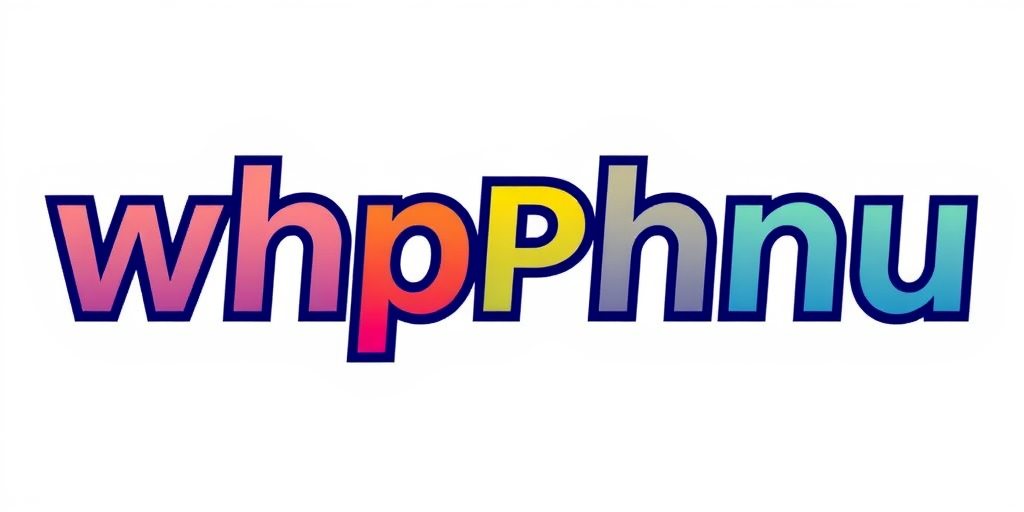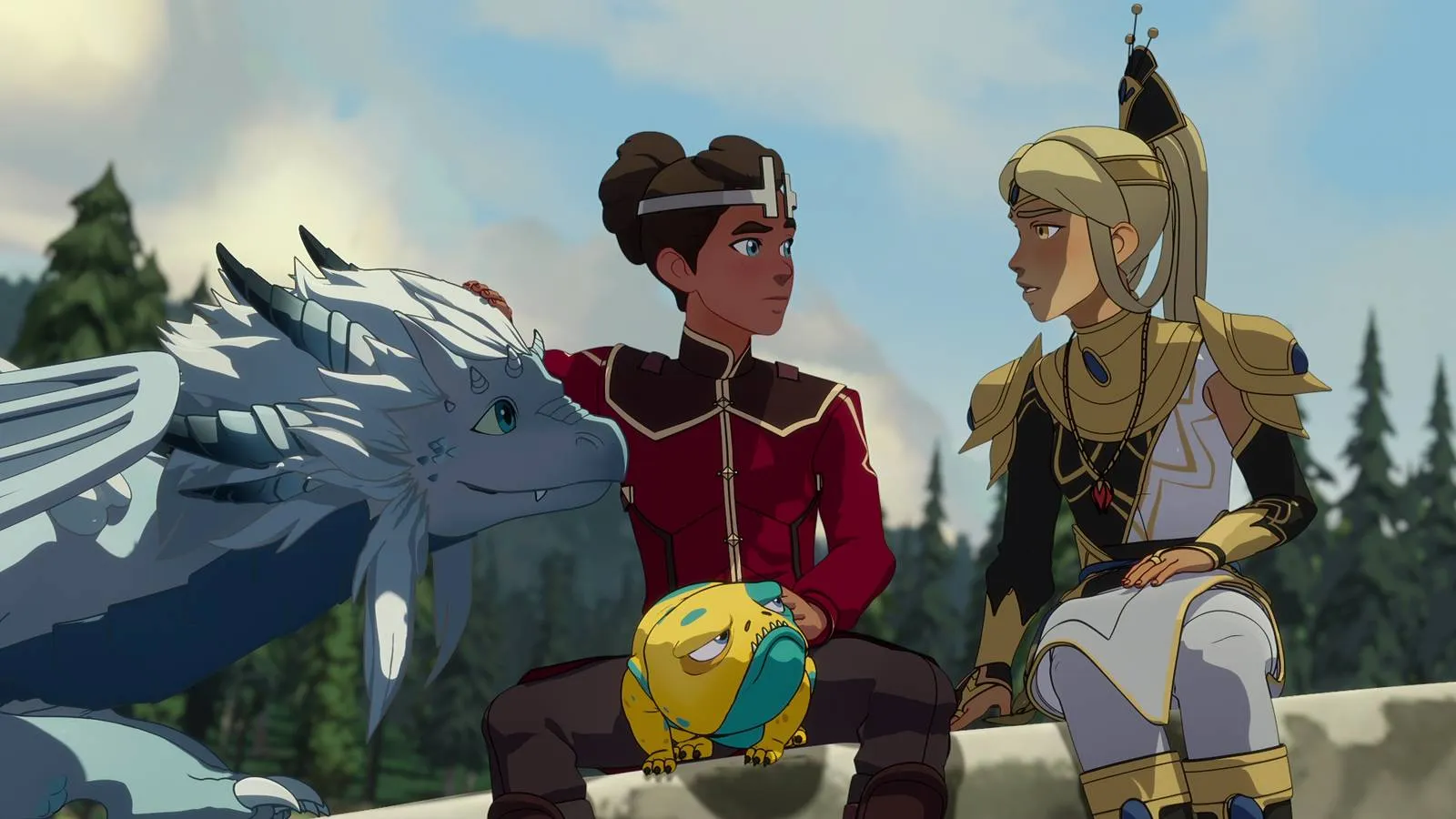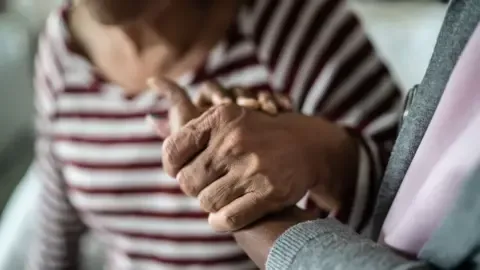Today's Top Highlights
Stay updated with the latest insights and trends in online gaming
News
 READ MORE
READ MORE
Intensifying Appeals to Avoid The Media Giant Following Jimmy Kimmel Suspension

Alexandra Reese
18 Sep 2025
News
 READ MORE
READ MORE
Disaster in Nigeria's Commercial Hub: No Fewer Than 10 Killed in Office Tower Blaze

Alexandra Reese
18 Sep 2025
News
 READ MORE
READ MORE
Tencent Counters PlayStation maker's Legal Action Over Supposed HZD Imitation Title

Alexandra Reese
18 Sep 2025
News
 READ MORE
READ MORE
Silksong Needs Progress Trackers to Boost Battle Excitement

Alexandra Reese
18 Sep 2025
News
 READ MORE
READ MORE
Jury Rules LA Demonstrator Innocent of Attacking Immigration Officer

Alexandra Reese
18 Sep 2025
News
 READ MORE
READ MORE
Prime Video's Latest Cartoon Series Pays Tribute to the 1997 Film

Alexandra Reese
18 Sep 2025
News
 READ MORE
READ MORE
This Chinese Activist: The Identity of the Figure Confronting a Second Trial?

Alexandra Reese
18 Sep 2025
News
 READ MORE
READ MORE
A Horror Legend's Heritage Lives On in Queens of the Dead

Alexandra Reese
18 Sep 2025
News
 READ MORE
READ MORE
Accused Shooter in Pennsylvania Police Shootout Incident Was Previously Wanted for Harassment

Alexandra Reese
18 Sep 2025
News
 READ MORE
READ MORE
President Trump’s State Visit Press Conference: What We Learned

Alexandra Reese
18 Sep 2025
September 2025 Blog Roll
August 2025 Blog Roll
July 2025 Blog Roll
June 2025 Blog Roll
Popular Posts
Sponsored News

News
Donald Trump Turns Fire on Putin and Praises UK in Press Conference with Starmer
 Alexandra Reese
| 18 Sep 2025
Alexandra Reese
| 18 Sep 2025

News
United States Seeks to Regain Control of Bagram from Taliban, Says Trump
 Alexandra Reese
| 18 Sep 2025
Alexandra Reese
| 18 Sep 2025

News

News

News
Delightful Snacks for Catherine and Mrs. Trump as They Entertain Squirrel Scouts
 Alexandra Reese
| 18 Sep 2025
Alexandra Reese
| 18 Sep 2025

News
Trump's State Visit to Britain: Glittering Ceremonies, but Little Substance
 Alexandra Reese
| 18 Sep 2025
Alexandra Reese
| 18 Sep 2025





